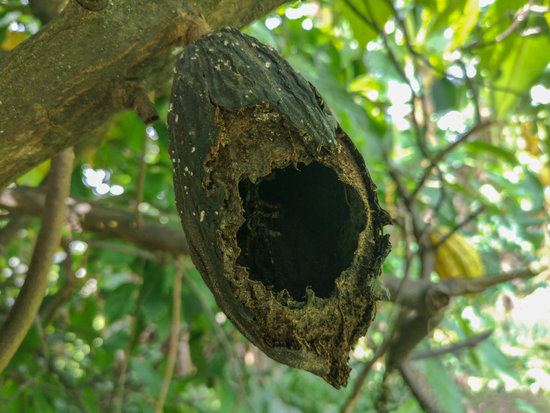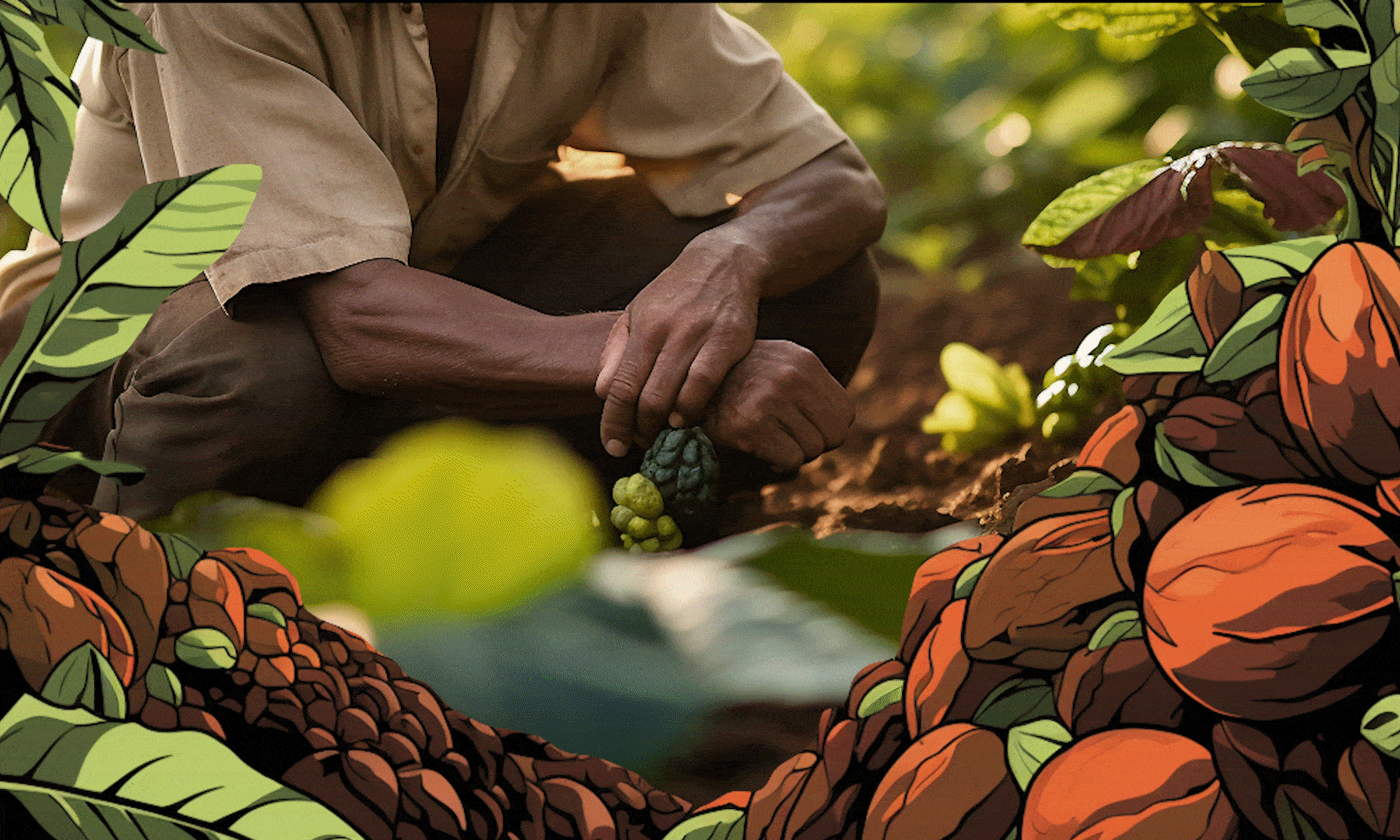I would be lying if I told you that the Theobroma plant grows flawlessly without being affected by diseases. To shed some light, we will look at some of the diseases that affect this god-loved plant, the symptoms, and the causes. Always keep in mind that we at Tropical Cacao are always on our farms to ensure our plants are safe and the final product is safe. We are keen on adopting organic disease control methods on our farm.
WATERY POD ROT/ FROSTY POD/ MONILIA POD ROT
This disease is very common in any cacao plantation and causes pod rotting. When the pods rot, then there is no harvest and in turn no money for the farmers. This disease only affects the growing pods. The first symptoms of the disease are brown spots that form on immature pods and within no time, they cover the whole pod. The frosty pod is caused by fungus and is transmitted by wind or water movement. It is very common during the rainy season. The disease, however, can be controlled by pruning/cutting the affected pods to reduce the spread. Organic fungicides are also used.
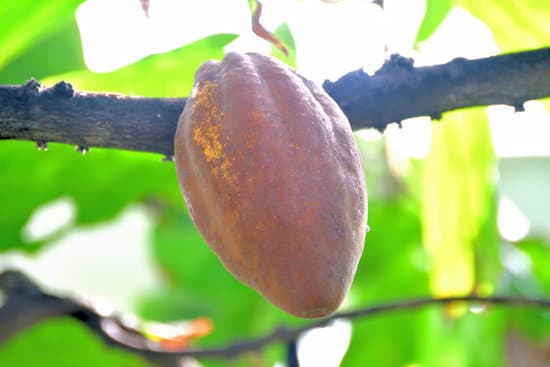
COCOA SWOLLEN SHOOT VIRUS (CSSV)
As the name suggests, this is the swelling of cacao leaves and shoots especially in young plants. It also causes reddening of the leaf veins, chlorotic spots, and patches on the leaves, reduced beans in the pods, and if not treated early can also cause the death of the tree. To control the disease, it is recommended that a gap of at least 10m is observed between cacao plantations. The affected trees and those around them should also be cut to stop the spread of the disease.
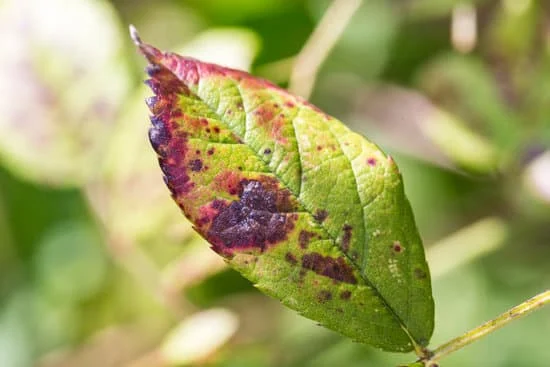
BLACK POD ROT/PHTOPHTHORA POD ROT
This is a very common disease in all cocoa-growing areas. It starts with translucent spots on the surface of the pods which develop rapidly into small hard spots. They cause the entire pod to be dark and necrotic. It also causes yellow to white patches on black trees and the entire internal tissue becomes dry and resulting in the mummification of the pods. To manage the disease, organic fungicides with copper are sprayed on the crops. The trees should also be well spaced to allow good air circulation and lastly, the mummified pods should be removed to avoid the spread of the disease.
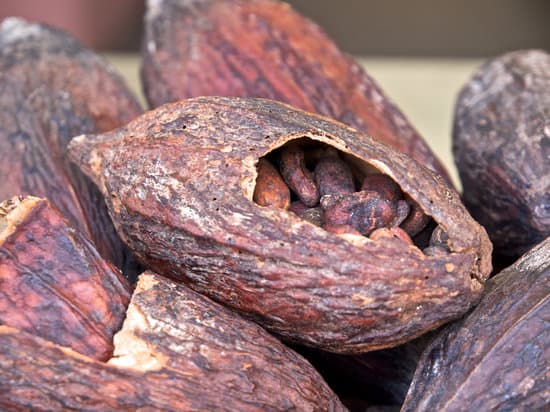
WITCHES’ BROOM/MONILIOPHTHORA PERNICIOSA
This disease is characterized by the production of branches without fruit, the proliferation of shoots and brooms from the bud, and scattered pods with green patches which suggest uneven ripening of the fruit. It is also caused by fungus and can be controlled by the use of organic fungicides and the removal of the affected crops. Good sanitation is also key in controlling witches’ broom
